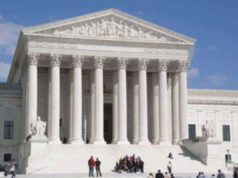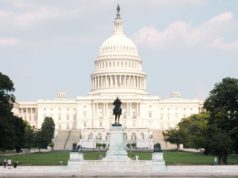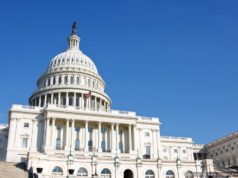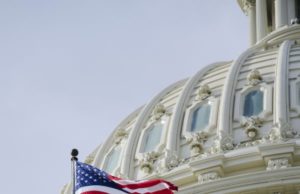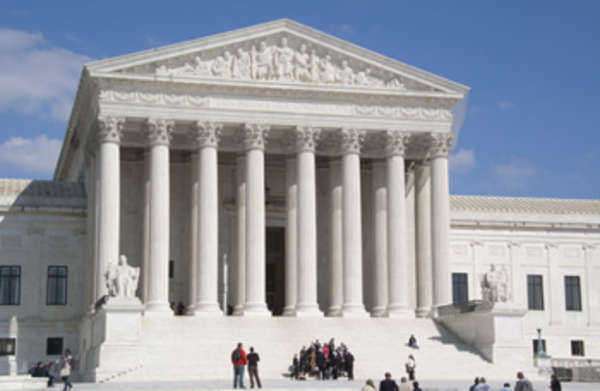
Federal Law: 2011 SC Justices
The Supreme Court (SC) of the United States is the highest federal court in the country. Its nine justices are responsible for interpreting federal law and the U.S. Constitution. In 2011, the SC was composed of nine justices who played pivotal roles in shaping federal law.
Introduction to the 2011 SC Justices
The nine justices in 2011 comprised a diverse group reflecting varying backgrounds and political ideologies. Appointed by different presidents, the justices ranged in age from 52 to 81 years old.
Chief Justice John G. Roberts Jr., appointed in 2005 by President George W. Bush, led the SC. He held conservative views and was seen as the court’s swing vote. Justice Clarence Thomas, appointed in 1991 by President George H.W. Bush, was the longest-serving justice at the time. He was known for his conservative opinions and opposition to affirmative action and government regulations.
Justice Ruth Bader Ginsburg, appointed by President Bill Clinton in 1993, was a liberal voice on the court, known for her advocacy of women’s rights and gender equality. Justice Stephen G. Breyer, appointed by President Clinton in 1994, was another liberal justice and a respected legal scholar.
Justice Samuel A. Alito Jr., appointed by President Bush in 2006, was a conservative justice who frequently supported free speech and the rights of businesses. Justice Sonia Sotomayor, appointed by President Barack Obama in 2009, was another liberal justice and the first Latina on the SC. Justice Elena Kagan, appointed by President Obama in 2010, was also a liberal voice and the court’s youngest member.
Significant Cases and Opinions
In 2011, the SC heard several cases that had significant implications for federal law and the nation. Here are some of the most notable.
1. Brown v. Entertainment Merchants Association: In a 7-2 decision, the SC struck down a California law that would have banned the sale of violent video games to minors. The court held that the law violated the First and Fourteenth Amendments, which protect free speech and due process, respectively.
2. Wal-Mart Stores, Inc. v. Dukes: In a 5-4 decision, the SC blocked a massive gender discrimination lawsuit against the retail giant Wal-Mart. The court held that the plaintiffs did not have enough in common to form a class-action lawsuit.
3. Arizona Christian School Tuition Organization v. Winn: In a 5-4 decision, the SC upheld an Arizona tax credit program that provided scholarships for students to attend religious schools. The court held that the program did not violate the Establishment Clause of the First Amendment, which prohibits the government from establishing a religion.
4. Chamber of Commerce v. Whiting: In a 5-3 decision, the SC upheld an Arizona law that required employers to verify the employment eligibility of their workers. The court held that the law did not conflict with federal immigration law.
Conclusion
The nine justices on the SC in 2011 played significant roles in shaping federal law. Their differing viewpoints and legal interpretations led to contentious decisions that had far-reaching consequences for the nation. With the recent appointments of new justices, the current SC continues to wield immense power in interpreting federal law and shaping the future of the country.
What is Federal Law?
Federal Law is classified as the legal spectrum – in addition to any or all pertinent legislature – involving the Federal Government; the legal scope of Federal Law not only includes the regulation of governmental legislature, but also the proposition – and subsequent passing – of legislature.
Federal Law within the United States of America
Within the organizational structure of the United States, 3 branches of government exist in concert; the importance of 3 different governmental branches in lieu of a single governmental body was expressed within the Constitution of the United States. The Constitution is a legislative document that is considered to be the primary authority in Federal Law illustrating, conveying, and classifying precepts, laws, legality, and procedure with regard to both the citizens and the government of the United States of America. Within the Constitution, the authors expressed a desire to separate the governmental power structure to prevent the government from becoming too centralized and powerful; as a result, the oversight of Federal Law was distributed between the 3 branches of the United States Government – the Legislative Branch, the Executive Branch, and the Judicial Branch.
Federal Law vs. Administrative Law
While the responsibility and jurisdiction pertaining to both Administrative Law and Federal Law differ, their respective operation – as well as their symbiotic operation – results in the lawful establishment, regulation, and upkeep of United States Governmental Law; the jurisdiction of Federal Law and Administrative Law are disbursed as follows:
1. The Judicial Branch is comprised of the United States Supreme Court, which oversees judicial proceedings on a Federal level with regard to the maintenance of Federal Law; the Supreme Court upholds and enforces all laws passed by the legislative branch
2. Administrative Law involves the proposing and passing of legislation in accordance with pre-established guidelines that express the required legality of all Federal Law
Federal Law: Current Supreme Court Justices
As of January of 2011, 9 Supreme Court Justices are currently serving; this count is with the inclusion of a single Chief Justice amongst the 9 – upon their appointment, the 9 Supreme Court Justices have taken an oath to uphold, mandate, and regulate the law within the jurisdiction of Federal Law:
1. John G. Roberts (Chief Justice)
• Appointed by President George W. Bush
• Appointed on September 29th, 2005
2. Antonin Scalia
• Appointed by President Ronald Reagan
• Appointed on September 26th, 1986
3. Anthony Kennedy
• Appointed by PresidentRonald Reagan
• Appointed on February 18th, 1988
4. Ruth Bader Ginsburg
• Appointed by President Bill Clinton
• Appointed on August 10th, 1993
5. Clarence Thomas
• Appointed by PresidentGeorge H. W. Bush
• Appointed on October 23rd, 1991
6. Stephen Breyer
• Appointed by President Bill Clinton
• Appointed on August 3rd, 1994
7. Samuel Alito
• Appointed by President George W. Bush
• Appointed on January 31st, 2006
8. Sonia Sotomayor
• Appointed by President Barack Obama
• Appointed on August 8th, 2009
9. Elena Kagan
• Appointed by PresidentBarack Obama
• Appointed on August 7th, 2010


